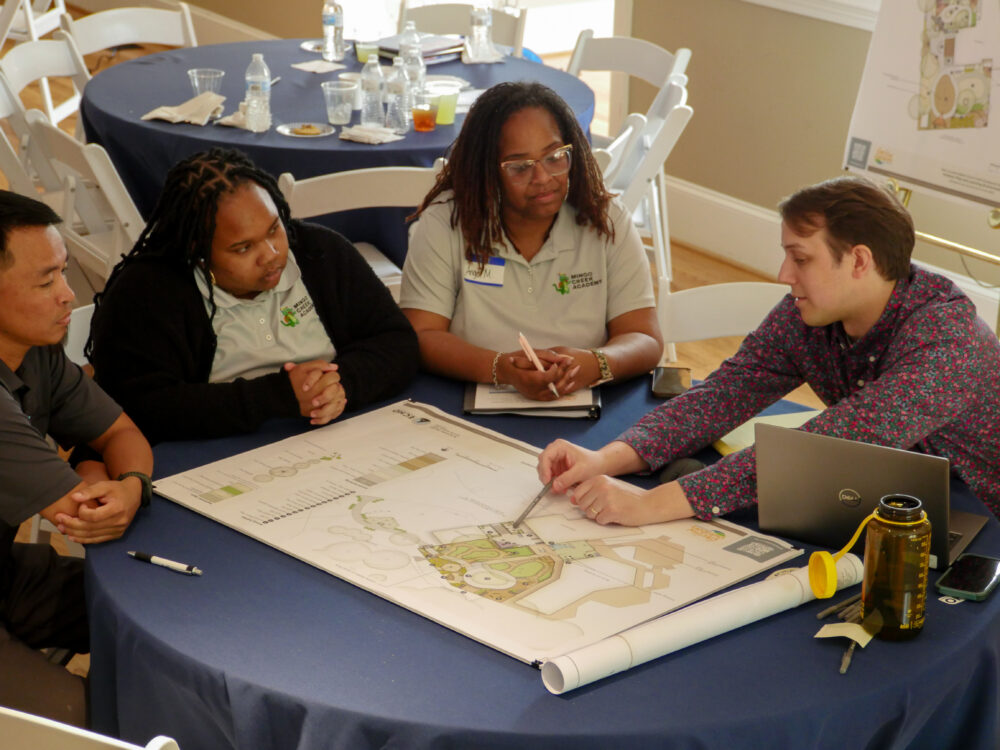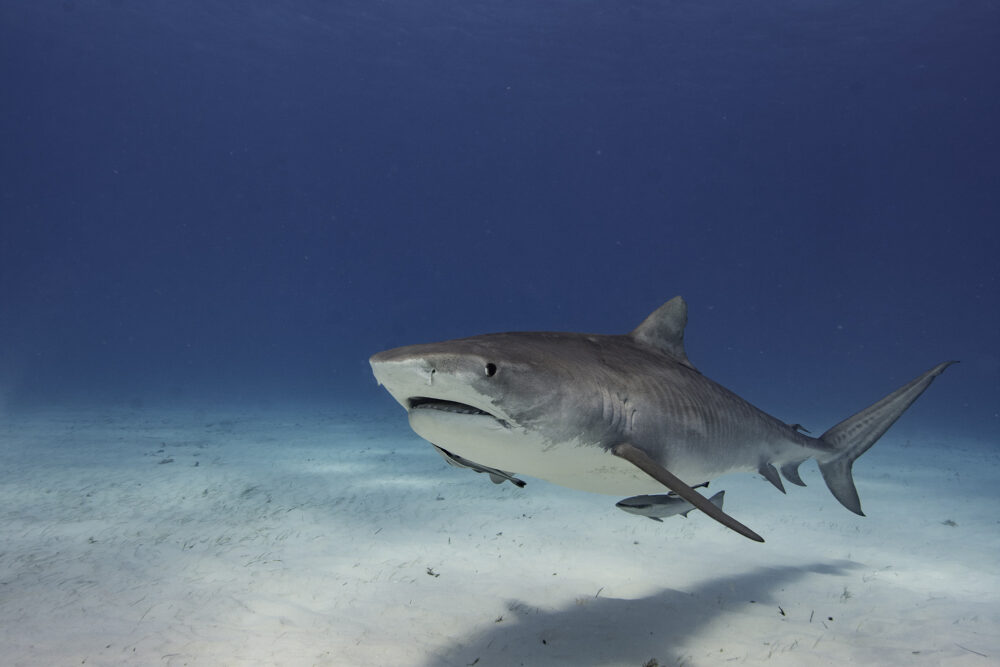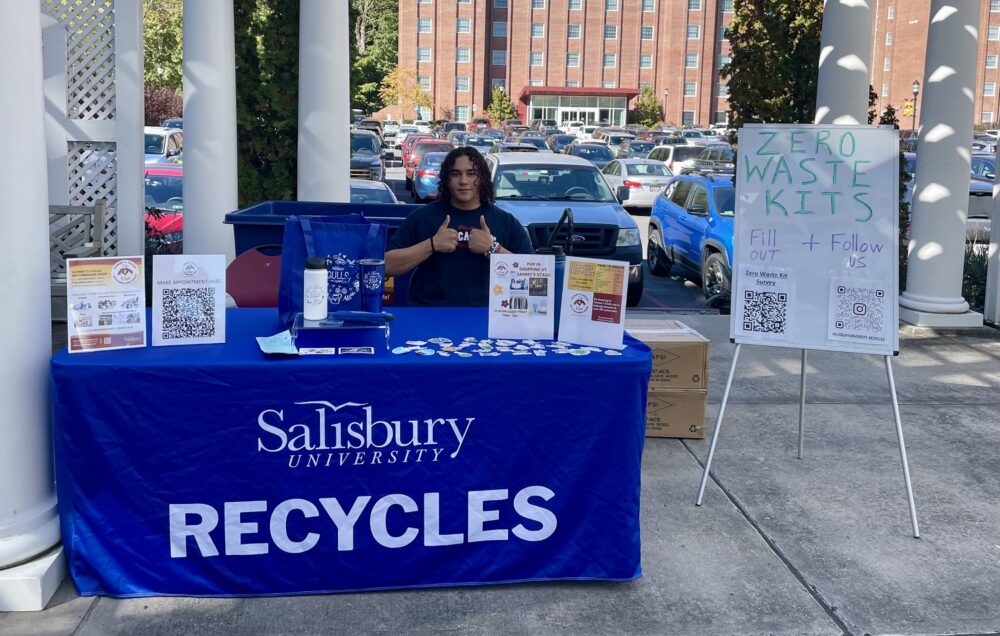We have much more to do and your continued support is needed now more than ever.
Are You Ready to Take the Clean Earth Challenge?
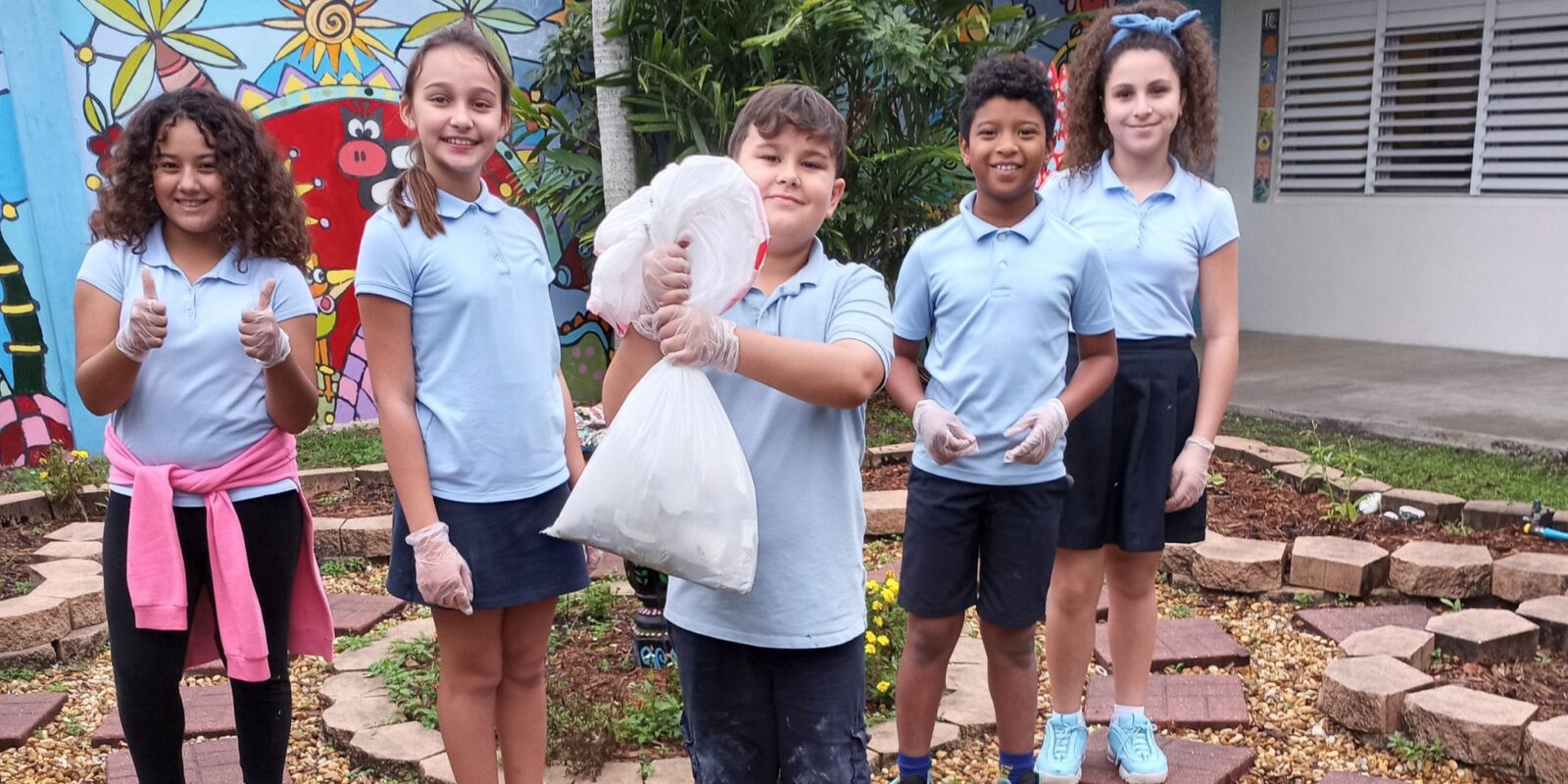
Simple actions can have a collective impact! In 2022, the National Wildlife Federation teamed up with Johnson Outdoors to launch the Clean Earth Challenge. The ask is simple—pick up trash and debris that litter our land, oceans, and waterways. Participants are encouraged to measure their impact by tracking how much litter is collected. Data can then be used to understand the extent of the problem and create effective solutions. Together, we are working towards a goal to help remove 1 million pieces of trash and debris. The National Wildlife Federation is encouraging outdoor lovers, friends, families, and community members to participate. In addition, engage K-12 students with the Clean Earth Challenge educational resources where topics include watersheds, foods waste, and wildlife.
During the fall 2022 campaign, over 250 students from Florida, Nevada, Texas, and Missouri participated in the Clean Earth Challenge. Based on their collection efforts, several schools were the recipient of an Action Grant funded by Johnson Outdoors. We asked educators to share their Clean Earth Challenge experience.
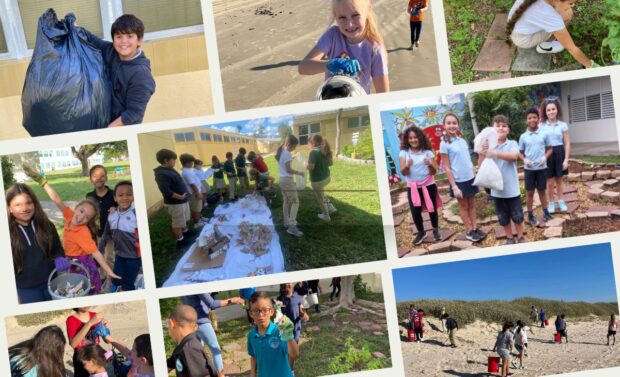
How Was A Litter Clean Up Integrated into Ongoing School Sustainability Work?
Most of the students at these schools are already invested in school sustainability work, including regular litter collection efforts. Crenshaw Environmental Science Magnet in Texas joined the challenge and spent time picking up litter along a section of Crystal Beach; something students had already been doing each fall and spring. High school students partnered with the younger kids to sort, weigh, and record the litter collected. At Hixson Middle School in Missouri, about 30 students from a sustainability class divided the school’s outdoor campus into sections and regularly pick up litter.
At schools in south Florida, many of the students are doing the work required to implement nature-based solutions—like creating a Pine Rockland Habitat demonstration garden, planting native shrubs that serve as host plants for the Atala butterfly, and collaborating with community partners on vital projects. Keeping their school grounds litter free is another example of student-led environmental actions to support a healthy and resilient community. At other schools, student sustainability work led them to the why behind maintaining litter and debris-free school grounds.
How Will Schools Utilize the Grant Award?
So, what will the schools do with their action grant awards? Each unique project will have a positive impact on the health of the planet and further engage students in meaningful school community-based work. Here are some of the responses:

With Earth Month just around the corner, we challenge schools to get involved in the Clean Earth Challenge! Educators can download a K-12 Education Toolkit that includes important dates for the spring campaign plus an outline of related activities. Additional $300 Clean Earth Challenge Action Grants will be available to ten schools that collect the most trash and debris and upload their litter collection data by April 28, 2023.
When we work together, the impact is big!













